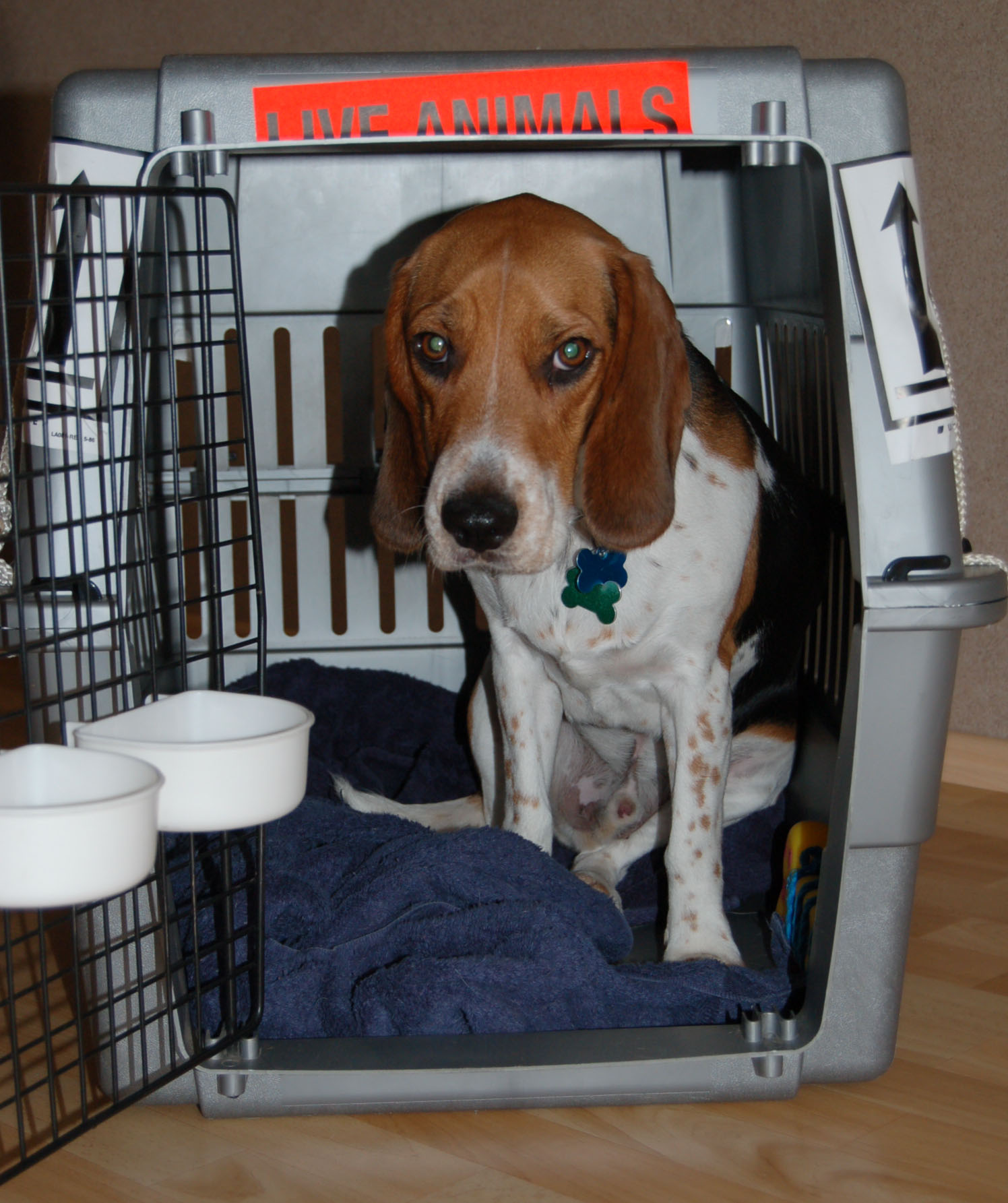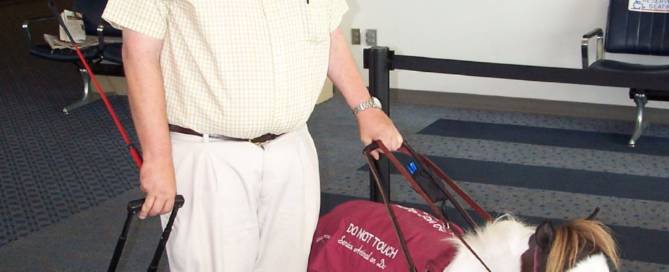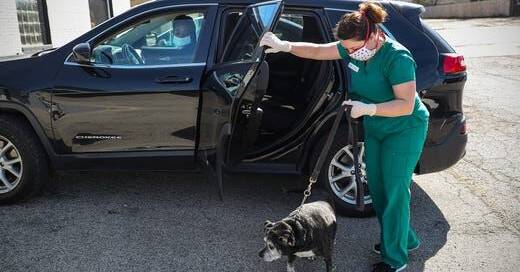Feel-Good Story: Dog Is My CoPilot Saves Thousands of Dogs Each Year
Have you ever wondered how dogs get into shelters or foster homes? We, like most people, thought that animals available for adoption arrived at shelters after being picked up by local animal control. As it turns out, there’s a very different but heartwarming story behind how thousands of pets find their forever homes every year. And, per usual, it involves getting dogs on planes.
The nonprofit organization Dog Is My CoPilot, founded by Peter Rork, transports adoptable animals from parts of the country with high euthanasia rates. Rork locates these areas, then delivers animals from those local shelters to parts of the country with high adoption rates, including the American Southwest, the Rocky Mountains, and parts of the Pacific region.
In a Washington Post story published earlier this year, Rork estimated that he had saved nearly 16,000 animals in around eight years.
Rork, a former doctor, has dedicated his retirement years to saving cats and dogs from being euthanized. He told the Washington Post that he’d always loved aviation, having earned his pilot’s license at 16 years old, and starting a nonprofit organization felt like the perfect fit.
A High-Stakes Journey
For many of the animals Peter Rork transports, getting onto a plane is a life-or-death matter. According to Sharon Lohman, who has her own nonprofit organization, New Beginnings, the animals were desperate to be moved: “If we stop moving them out, they die. It is life or death,” she told the Washington Post.
Dog Is My CoPilot has grown from transferring 20 to 30 animals at a time to flying between 150 to 250 in a single trip. With a now-upgraded airplane, added staff, and some additional funding from the Petco Foundation, the organization has charged headfirst into the pandemic pet adoption trend.
“We had a large backlog of animals after we had a lot of canceled flights,” Rork told the Washington Post in August. “We’re now busier than ever and have been flying every single day.”
So, if you live in the American west and always wondered how the local kennel received dogs from hundreds of miles away, you now have your answer: Peter Rork, a nonprofit organization, and airplanes full of dogs. If you’ve recently adopted an animal, especially during the pandemic, check with your shelter to see where they came from. In some cases, it might just be Dog Is My CoPilot.





